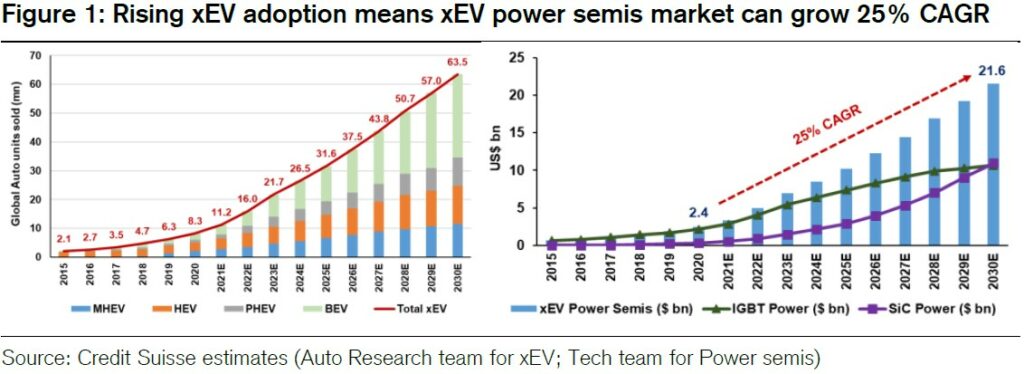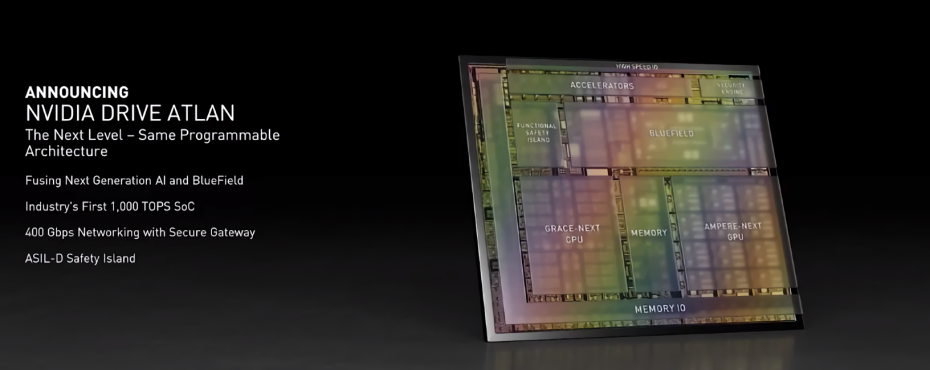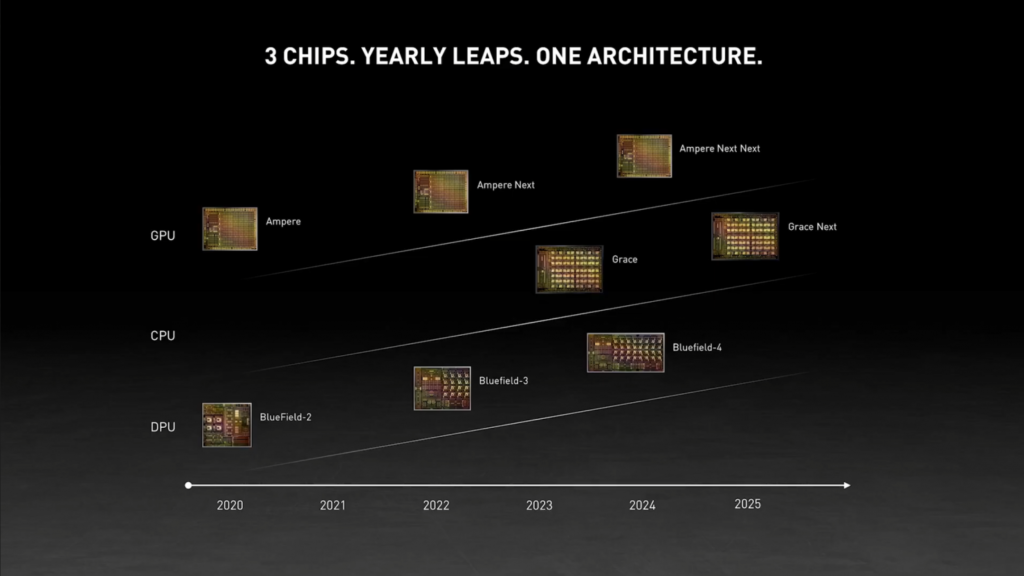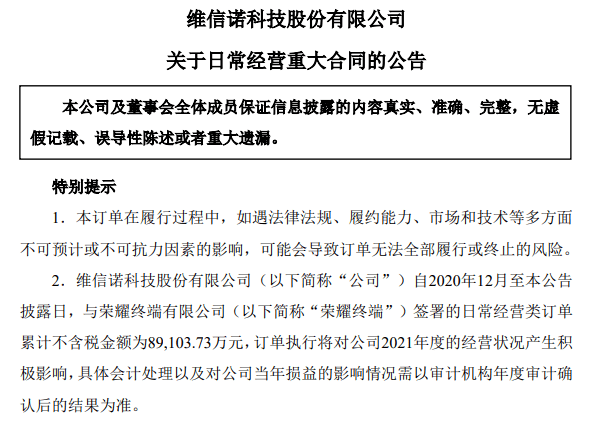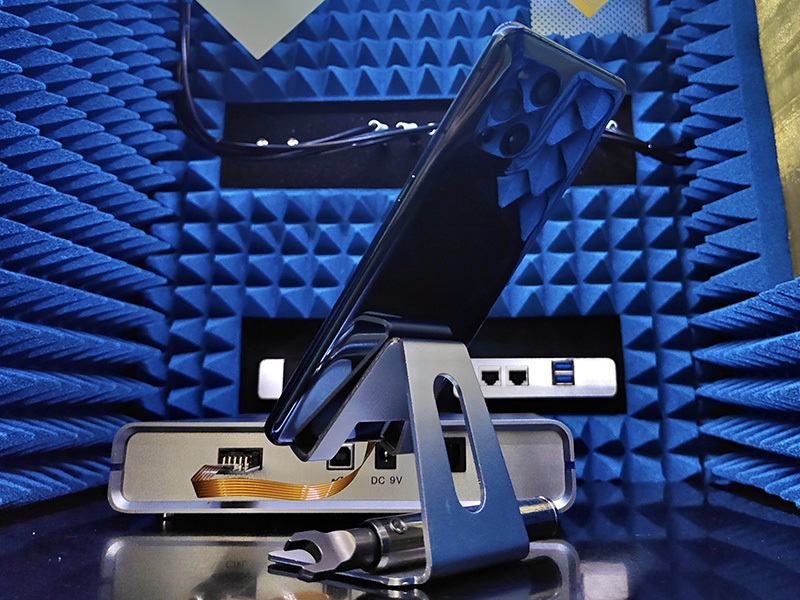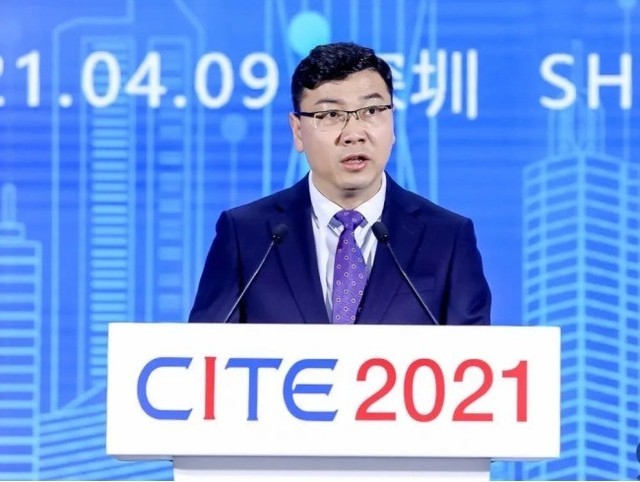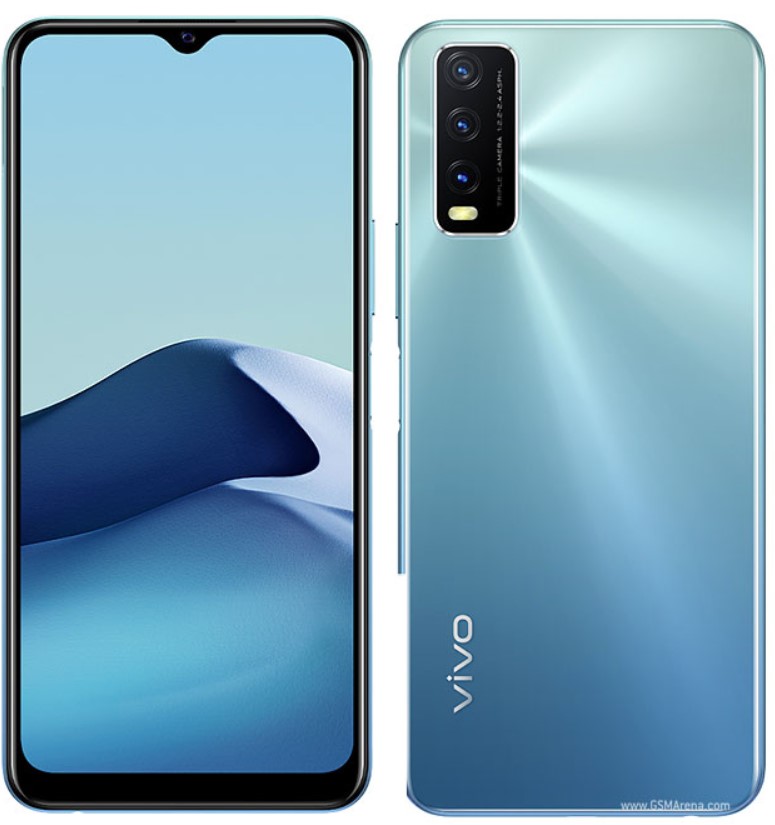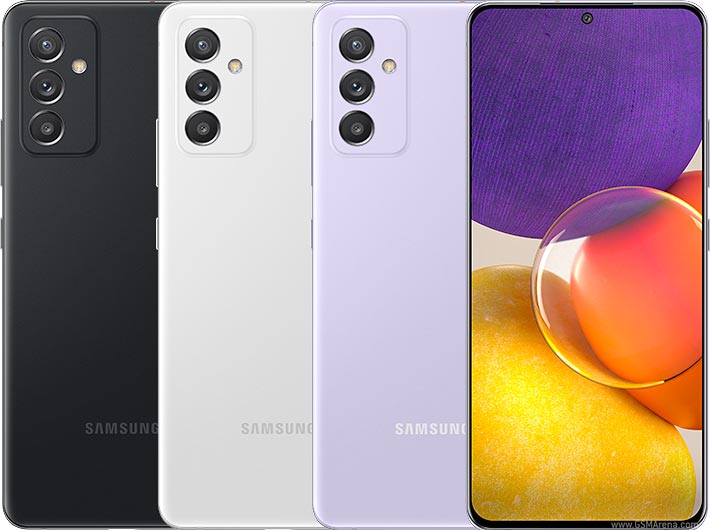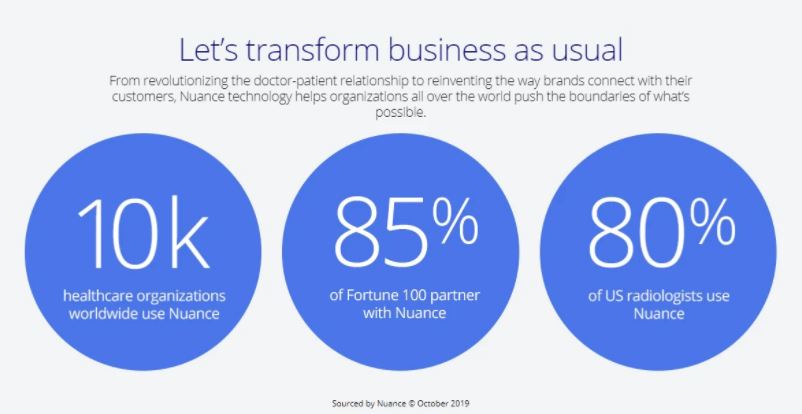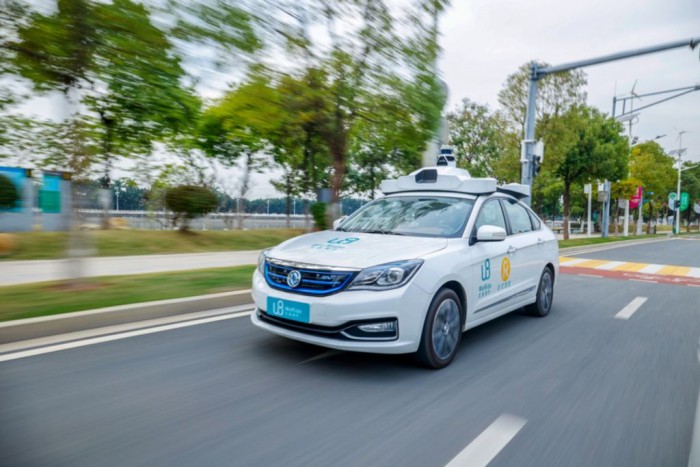
4-13 #BePrepared : Intel’s goal to produce chips within 6-9 months; NVIDIA has revealed a roadmap for its upcoming GPUs, CPUs, and DPUs; Visionox has signed a “Purchase Agreement” with Honor; etc.
Credit Suisse suggests the adoption of battery-electric and hybrid-electric vehicles (xEV) will rise from 11% (8M xEV units) in 2020 to 62% by 2030 (63M xEV units, including 29M battery-electric vehicles). Given a typical battery-electric car has twice as much semi content at USD800 as a gasoline-fueled car, with ~75% of incremental content coming from Power, Credit Suisse believes that average semi content can grow from USD510 in 2020 to USD1,100 by 2030, driving industry revenues from USD38B currently to USD110B over the next decade (11% CAGR). (Credit Suisse report)
Intel CEO Pat Gelsinger has indicated that is talking to companies that design chips for automakers about manufacturing those chips inside Intel’s factory network, with the goal of producing chips within 6-9 months. (CN Beta, Reuters, The Verge)
Intel CEO Pat Gelsinger has indicated that he hopes that American companies will manufacture a third of semiconductor microchips in the U.S., up from about 12% today. He believes that their moonshot should be that a third of the supply of semiconductors should be back on American soil by American companies. (CN Beta, CNBC)
Intel’s subsidy Mobileye and Udelv have announced that Mobileye’s self-driving system (branded Mobileye Drive) will “drive” the next-generation Udelv autonomous delivery vehicles (ADV), called “Transporters”. The companies plan to produce more than 35,000 Mobileye-driven Transporters by 2028, with commercial operations beginning in 2023. Donlen, a U.S. commercial fleet leasing and management company, has made the first preorder for 1,000 of these Udelv Transporters. (CN Beta, TechCrunch, The Verge, Intel)
NVIDIA has announced the coming general availability of NVIDIA Omniverse Enterprise, the world’s first technology platform that enables global 3D design teams working across multiple software suites to collaborate in real time in a shared virtual space. It is a new platform that includes the NVIDIA Omniverse Nucleus server, which manages the database shared among clients, and NVIDIA Omniverse Connectors, which are plugins to industry-leading design applications. (CN Beta, Nvidea, Nvidea, VentureBeat)
NVIDIA has announced partnership with MediaTek working on a reference laptop platform that will support Chromium, Linux, and NVIDIA SDKs. While there is no confirmation from either of the companies, it does open up the possibility of future Chromebook laptops powered by MediaTek and NVIDIA’s ray tracing RTX graphics. (Engadget, XDA-Developers, NVIDIA, IT Home)
NVIDIA has unveiled Drive Atlan, an AI-enabled system-on-a-chip for autonomous vehicles that will target automakers’ 2025 models. Capable of delivering just over 1,000 trillion operations per second (TOPs), Atlan includes NVIDIA’s next-generation GPU architecture, ARM CPU cores, and deep learning and computer vision accelerators. (Engadget, NVIDIA, VentureBeat, Sina, Sohu)
NVIDIA has revealed a roadmap for its upcoming GPUs, CPUs, and DPUs. NVIDIA has announced its next round of professional-focused graphics cards, based on the Ampere architecture first scene with its RTX 30-series GPUs. For desktops, there is the RTX A5000 and A4000 GPUs, featuring 8,192 and 6,144 CUDA cores, respectively. (Engadget, NVIDIA, Tom’s Hardware)
NVIDIA has announced the NVIDIA Morpheus application framework, which provides cybersecurity partners with a complete suite of accelerated AI skills that detect and prevent security threats as they happen. Morpheus is a cloud-native cybersecurity framework which uses machine learning to identify, capture and take action on threats and anomalies that were previously impossible to identify, including leaks of unencrypted sensitive data, phishing attacks and malware. (CN Beta, VentureBeat, NVIDIA)
Visionox has signed a “Purchase Agreement” with Honor. The company has recently received a “Purchase Order” issued by Honor. The order includes tax amount of CNY407M. From Dec 2020 to Apr 2021, the total amount of daily business orders signed by Visionox and Honor reached CNY891M, accounting for 50.33% of the company’s audited main business revenue in 2019. (Laoyaoba, CWW, NBD)
Samsung will reportedly launch 2 foldable phones later in 2021. The Galaxy Z Fold 3 and Galaxy Z Flip 2 are expected to debut in Jul 2021. (Android Authority, The Verge, Tom’s Guide, The Elec)
Samsung have previously used optical image stabilization (OIS) to minimize vibrations to improve camera image quality. Samsung is reportedly now considering using another method, namely sensor-shift stabilization. Unlike OIS, which compensates for jitters that may directly affect the camera lens, sensor-shift stabilizes the entire image sensor. (Android Authority, Galaxy Club)
Sony has been developing its 360 Reality Audio technology for a while now, based on the MPEG-H 3D audio codec. A series of code reviews in the Android Open Source Project mention 360 Reality Audio, with code submitted by developers from both Sony and Google. This is a joint venture between Google and Sony. (Android Central, XDA-Developers)
In 2020, SK Hynix acquired Intel’s flash memory business. SK Hynix spent USD9B covering Intel’s SSD, NAND components and wafers and Intel’s flash memory plant in Dalian, China, but will not include the Optane business. It is rumored that SK Hynix will sell its shares in Kioxia in order to return funds to acquire Intel’s flash memory business, but the company has official denied the rumor. In 2017, SK Hynix infused about KRW4T (USD3.55B) in a consortium to invest in Kioxia, then known as Toshiba Memory Corp. (CN Beta, Econotimes, YNA)
South Korean battery makers LG Energy Solution and SK Innovation have agreed on Sunday to settle disputes over electric-vehicle (EV) battery technology, avoiding a potential setback for U.S. EV ambitions. SK Innovation has agreed to pay KRW2T (USD1.8B) to LG Energy Solution, a unit of LG Chem. The settlement will avert a 10-year import ban of SK Innovation’s batteries into the U.S. and ends the 2-year dispute between the 2 companies. (CN Beta, Reuters, Bloomberg, Washington Post)
OPPO has teamed up with Vodafone, Qualcomm and Ericsson to bring the first commercial 5G SA (Standalone Architecture) network in Germany which will be available to Find X3 Pro users after a software update. (GSM Arena, OPPO, XDA-Developers)
Honor’s new chairman Wan Biao has claimed that the company will invest USD1B in R&D in 2021. The company has confirmed the direction of future product development. From then on, it will also create the best connection and application of 1+8 devices, and use AI to support mobile phones, tablets, notebooks, smart screens, wearables, audio, etc. In the coming 1 year, Honor’s high-end experience stores and flagship stores will also be launched globally. (Laoyaoba, ZOL, Sohu, GizChina)
Hong Kong Airlines has embargoed all shipments of vivo mobile phones after one consignment of the company carrying the vivo Y20 caught fire at the Hong Kong airport on 10 Apr 2021. The Hong Kong Air Cargo Carrier has shared the latest update of the embargo with immediate effect, all cargo is forbidden to accept the “CargoLink Logistics HK Co Ltd” and “Sky Pacific Logistics HK Co Ltd” and / or co-loader on carriage by RH / HX aircraft until further notice. (Gizmo China, Economic Times, The Paper, Unwire, Sohu)
realme plans to invest USD300M and set up 7 R&D centres globally so that the 5G rollout would be easier. Besides that, nearly 90% of R&D resources are to be reallocated for 5G related matters in products and applications. In 2021, they have already set up pilot testing centres in 10-15 markets. (Gizmo China, Technave, Mobile World Live, Fonearena)
vivo Y20s (g) is announced in Philippines – 6.51” 720×1600 HD+ v-notch IPS, MediaTek Helio G80, rear tri 13MP-2MP macro-2MP depth + front 8MP, 6+128GB, Android 11.0, side fingerprint, 5000mAh 18W, PHP9,999 (USD206). (GSM Arena, GizChina, Gizmo China)
Samsung Galaxy Quantum 2 is announced in South Korea – 6.7” 1440×3200 QHD+ HiD Dynamic AMOLED 2X 120Hz, Qualcomm Snapdragon 855+, rear tri 64MP OIS-12MP ultrawide-5MP macro + front 10MP, 6+128GB, Android 11.0, fingerprint on display, 4500mAh 25W, KRW699,600 (USD623). (GSM Arena, Android Authority, SK Telecom)
Microsoft is allegedly in advanced talks to buy artificial intelligence (AI) and speech technology company Nuance Communications for USD16B. Microsoft and Nuance have collaborated since 2019 on technologies to do things like allow doctors to capture voice conversations from patient visits and enter the data into electronic medical records. (CN Beta, Bloomberg, CNBC, Financial Times)
WeRide, the Chinese autonomous vehicle startup that recently raised USD310M, has received a permit to test driverless vehicles on public roads in San Jose, California. WeRide is the 7th company, following AutoX, Baidu, Cruise, Nuro Waymo and Zoox, to receive a driverless testing permit. (CN Beta, TechCrunch)
Honda and Verizon are working at Mcity to explore how Verizon 5G Ultra Wideband and 5G Mobile Edge Compute can ensure fast, reliable communication between road infrastructure, vehicles and pedestrians The companies are testing how Honda SAFE SWARM using Verizon 5G Ultra Wideband and MEC can reduce the need for AI onboard each vehicle. (CN Beta, TechCrunch, Forbes, Verizon)
General Motor’s Cruise has stuck a deal to operate self-driving taxis and ride-hailing services in Dubai in 2023. It will be Cruise’s first commercial self-driving service with its Origin vehicles outside of the US. The city plans to have as many as 4,000 Origins on streets by 2030. (Engadget, Hamdan)
LG Electronics’ joint venture with Canada-based automotive supplier Magna International ― tentatively named LG Magna e-Powertrain ― is “very near” to signing contracts with Apple to build its early electric vehicle (EV) models. LG Magna e-Powertrain is valued at USD1B and will be assigned to manufacture e-motors, inverters and onboard chargers. LG will own 51% of the new company and Magna, 49%. (Apple Insider, Korea Times)

